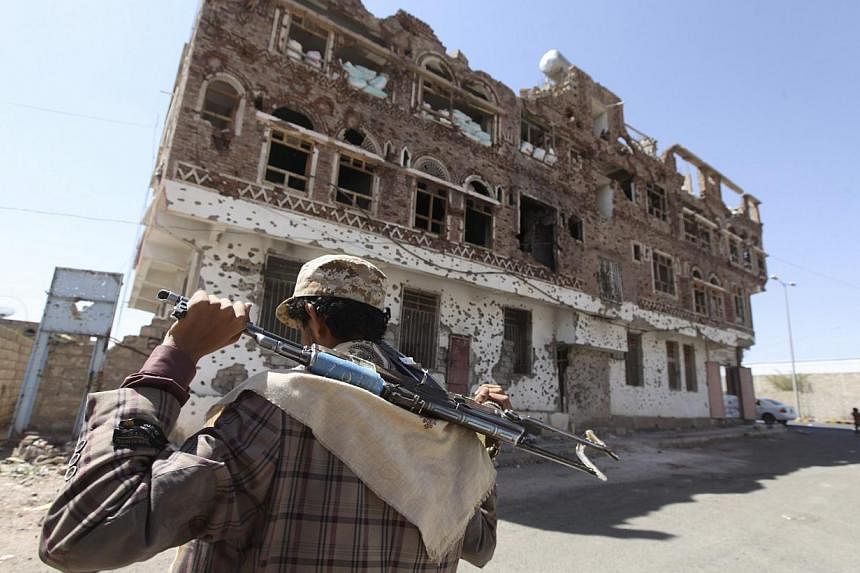WASHINGTON/SANAA (REUTERS) - It could have been something as simple as a barking dog that alerted the Al-Qaeda guards as US Special Forces approached the compound just after midnight.
Within seconds, as they neared the building, intense gunfire erupted.
Those details and others provided by US and Yemeni officials on what they describe as Saturday's execution of American photojournalist Luke Somers and South African Pierre Korkie in Yemen illustrate the formidable odds the United States faces in retrieving hostages from the hands of militants across the region.
"There is nothing to indicate what or how these guys knew the team was about to enter the compound," said one US official, speaking on condition of anonymity.
US Secretary of State John Kerry and a Yemeni intelligence official said Somers, 33, and Korkie were shot by their captors shortly after the raid began in the arid Wadi Abadan district of Shabwa, a province in southern Yemen long seen as one of Al-Qaeda's most formidable strongholds.
The operation, the second attempt to free Somers in 10 days, began with about 40 US Special Forces late Friday in Dafaar, a small village.
No Yemenis were involved in the raid, a US defence official said.
The commandos arrived on tilt-rotor CV-22 Ospreys, which can fly like an aeroplane and land like a helicopter.
Once on the ground, they approached the compound on foot.
A barking dog may have given them away, but that remained unclear, an official said.
As they approached, they "lost the element of surprise," the official said.
A fierce gunfight erupted.
"The enemy started firing erratically and then our guys returned fire," one US official said.
The commandos were less than 100m from the compound at that point.
They shot and killed about 10 people, including Al-Qaeda guards and some civilians, said Ali al-Ahmadi, chief of Yemen National Security Bureau. The Pentagon said it was unaware of any civilian casualties.
As they fought, an Al-Qaeda guard darted inside the compound and then exited through the back. Gunfire was heard. That's when American officials believe Somers and Korkie were killed.
With Al-Qaeda guards wounded or dead, US commandos moved into the compound.
They found the hostages with multiple gunshot wounds and carried them to a waiting Osprey, where they were treated. One of the hostages died in the aircraft, the other died once they landed on a nearby assault ship.
The raid lasted just five to 10 minutes.
The operation was pulled together quickly.
Early on Friday, President Barack Obama authorised the mission to rescue Somers based on information from the military, law enforcement and the intelligence community.
The Pentagon quickly drafted an operational plan.
"We were working against a timeline, which was Al-Qaeda's public threat to execute Luke Somers within 72 hours," one senior administration official said.
"It was our assessment that that clock would run out on Saturday."
Late on Thursday, Pentagon officials told the White House they had drafted a plan for the mission.
It was reviewed at the White House the next morning and signed off first by Secretary of Defence Chuck Hagel and then by Obama.
US officials said it had support of Yemen's President Abd-Rabbu Mansour Hadi.

